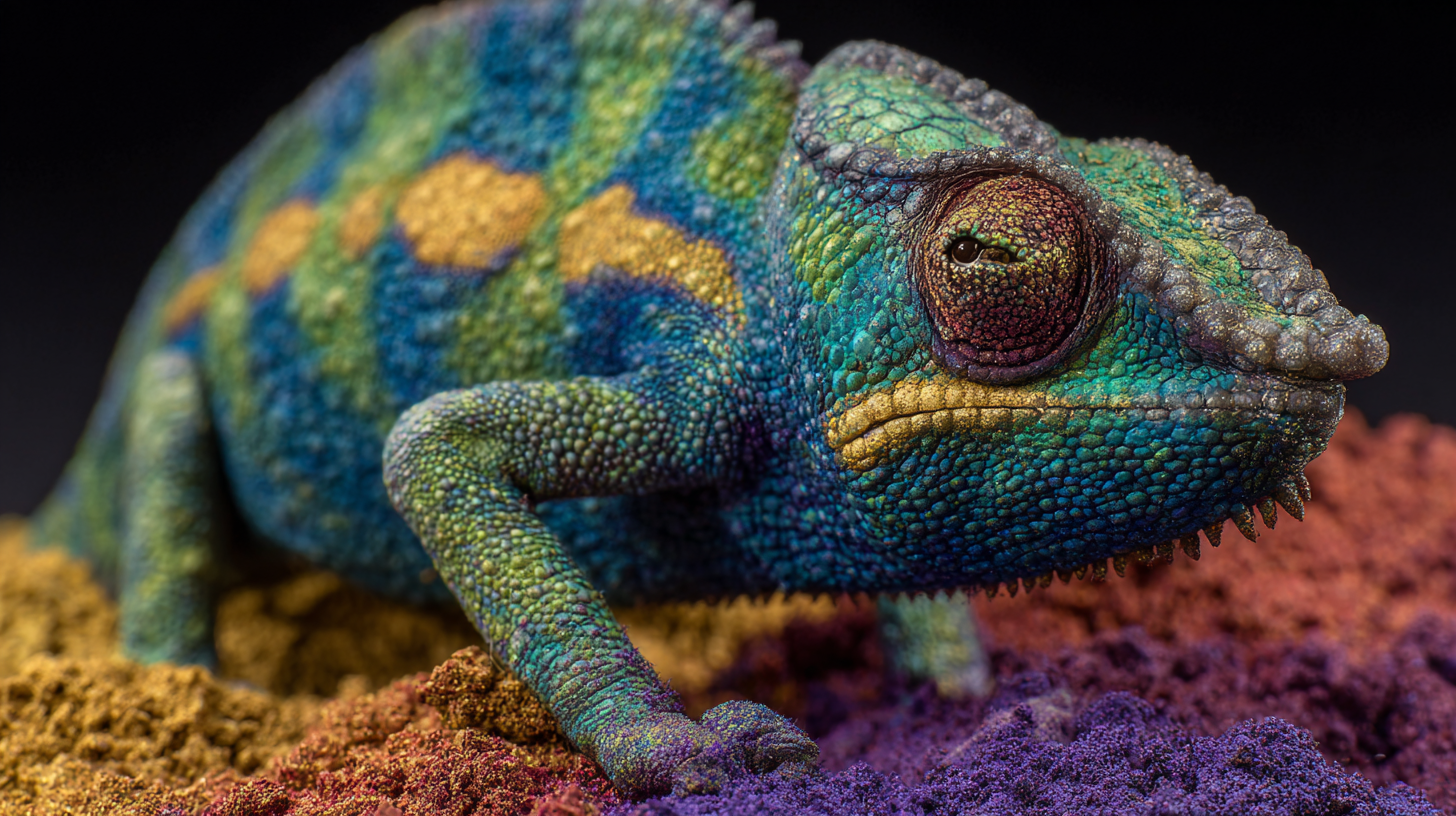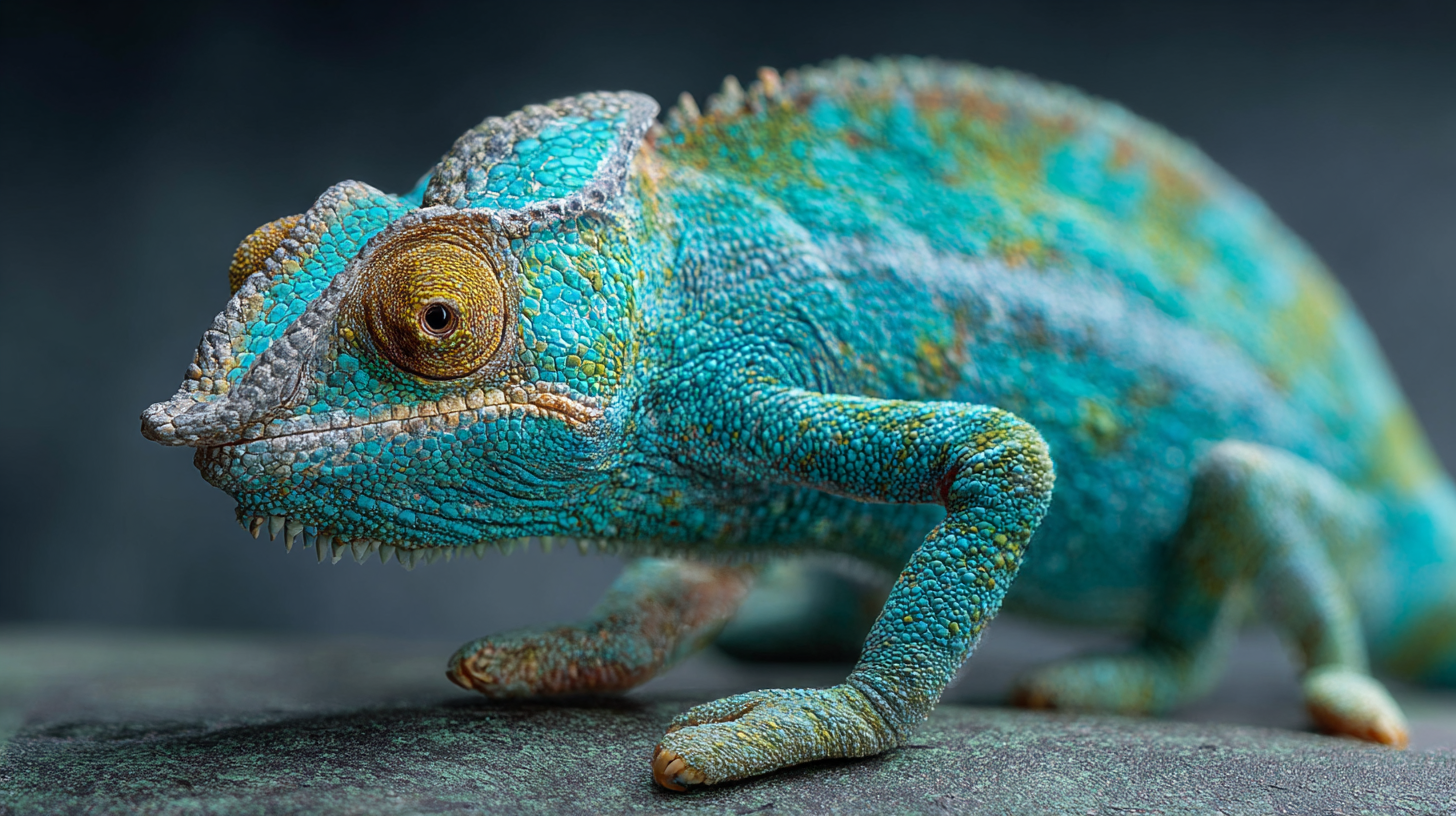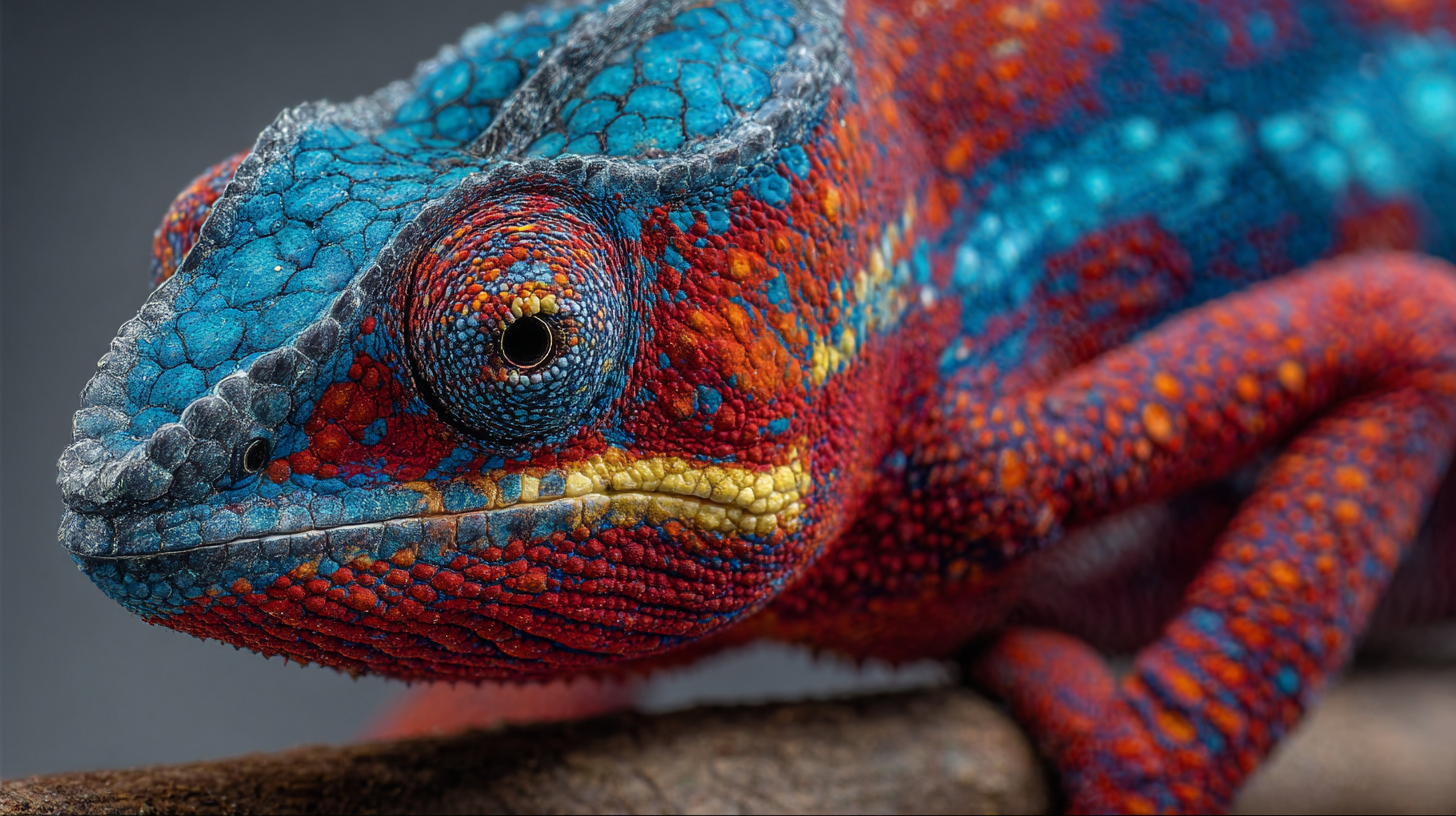The use of Mica Powder Chameleon has gained significant popularity in creative industries, particularly in cosmetics, crafts, and art applications, due to its unique color-shifting properties and versatility. According to a market research report by Smithers Pira, the global mica market is expected to grow to $1.56 billion by 2027, with specialty pigments, including chameleon mica powders, driving the demand. However, while these vibrant pigments can enhance the aesthetic appeal of projects, they also present several challenges to users. Issues such as inconsistent quality, potential irritation for sensitive skin, and difficulties in achieving desired effects can hinder project outcomes. Understanding these challenges is essential for artists and manufacturers alike to fully capitalize on the stunning capabilities of Mica Powder Chameleon while ensuring safety and product effectiveness.

Mica powder chameleon has garnered attention for its unique properties and versatile applications in various projects. This innovative material showcases a remarkable ability to shift colors, mimicking the behavior of chameleons in nature. Its color-changing characteristics are primarily attributed to the interaction of light with its layered structure, making it an ideal choice for artists, crafters, and manufacturers looking to add dynamic visual elements to their products. The scope of its use is extensive, including cosmetics, automotive finishes, and decorative items, allowing creators to explore endless possibilities.
However, working with mica powder chameleon presents certain challenges that can impact the final outcome. For instance, achieving a consistent color shift requires precise control over the application process, as factors such as layering thickness and lighting conditions can significantly affect the visual results. Additionally, the powder's fine texture can lead to difficulties in mixing and application, particularly in projects that demand uniformity. Understanding these properties and potential hurdles is essential for effectively integrating mica powder chameleon into innovative designs, ensuring that its captivating qualities can be fully realized without compromising on quality or performance.

When working with mica powder chameleon in your projects, several challenges can arise that may hinder your creative process. One common issue is the difficulty in achieving consistent color dispersion. The unique properties of mica powder can lead to uneven mixing, resulting in spots of concentrated color. To combat this, ensure you sift the mica powder before incorporating it into your medium and mix thoroughly for an even distribution.
Another challenge is the potential for excessive shimmer. While chameleon mica is prized for its iridescent qualities, too much can overpower your project. A good tip is to start with a small amount and gradually increase it, allowing you to control the level of shimmer without overwhelming the base material. Testing on a small sample before applying it to your main project can save you from unwanted results.
Lastly, mica powder can sometimes be challenging to adhere to various surfaces. This is particularly true in crafts where a strong bond is essential. Use a suitable binding agent or medium to enhance adhesion. Additionally, applying a top coat after the mica application can help seal it and improve its longevity in your project, ensuring that your work remains vibrant and intact.
| Challenge | Description | Impact Level | Potential Solution |
|---|---|---|---|
| Color Consistency | Variations in shade when mixed with other materials. | High | Test small batches before large-scale mixing. |
| Clumping | Powder can clump during storage or mixing, leading to uneven distribution. | Medium | Sift powder before use and store in a moisture-free environment. |
| Application Technique | Requires specific techniques for optimal application to surfaces. | High | Practice different techniques on sample surfaces first. |
| Toxicity Concerns | Inhalation of fine powders can pose health risks during use. | High | Use a mask and work in a well-ventilated area. |
| Durability | Chameleon effects may fade over time with exposure to sunlight. | Medium | Apply a protective sealant after application. |
When working with mica powder chameleon, it's essential to understand its unique properties to achieve the best results in your projects. Mica powders can create stunning effects thanks to their shifting colors and shimmering qualities. However, these materials come with challenges, like achieving even distribution in different mediums, ensuring maximum color vibrancy, and avoiding clumping during application.
To successfully incorporate mica powder in your projects, consider these tips: First, always sift mica powder before mixing it into your medium, whether it's resin, paint, or other substances. This practice helps eliminate clumps and ensures a smooth finish. According to a recent report by the Cosmetic Ingredient Review, the use of finely milled mica can significantly enhance the aesthetic appeal of products while remaining safe for consumer use. Secondly, experiment with different ratios of mica to your medium; finding the right balance will optimize color intensity. Lastly, pay attention to application techniques, as using brushes, airbrushes, or sponges can create different finishes, making your project truly stand out.
Remember, the key to mastering mica powder chameleon lies in experimentation and practice. By utilizing these tips and understanding the specific requirements of your projects, you will be able to harness the magic of mica effectively.
When working with mica powder chameleon in your projects, achieving the desired effect requires careful consideration in the mixing and application process. One of the best practices is to start with a small quantity of powder and gradually add it to your base medium, whether it's resin, paint, or any other material. This allows you to control the intensity of the color and sheen, ensuring that the final product meets your expectations. Stirring the mixture slowly and consistently helps to evenly distribute the mica powder, preventing clumps that can result in an uneven finish.

In application, it’s essential to choose the right tools to avoid disrupting the fine particles of mica. Soft brushes or sponge applicators work well to apply mica powder smoothly, creating a beautiful shimmer without disturbing the texture. Additionally, consider layering techniques; applying thin layers allows you to build depth while maintaining control over the color variation. Lastly, sealing your finished project with a clear coat can enhance the chameleon effect and protect the delicate mica finish, ensuring that your work stands out with its vibrant and shifting hues.
When working with mica powder chameleon effects, numerous challenges can emerge, often stemming from its unique blending properties. One common issue is achieving the desired color shift. To troubleshoot this, it’s essential to experiment with different ratios of mica powder to your base medium. Starting with small increments allows you to observe the interactions without overwhelming your project. Additionally, ensuring that your working environment has consistent lighting can dramatically affect how the colors are perceived, helping you to adjust your application technique accordingly.
Another frequent challenge is the settling of mica powder within a medium. This can lead to uneven distribution and a lack of that sought-after iridescence. A practical solution is to thoroughly mix the mica powder with a dispersing agent before adding it to your project. This method not only keeps the particles evenly suspended but also enhances the overall finish. Utilizing spray techniques or airbrush tools can also help achieve a more uniform application, giving your work the vibrant and dynamic quality that mica powder is renowned for. By addressing these issues proactively, you can unlock the full potential of chameleon mica powder in your creative projects.
